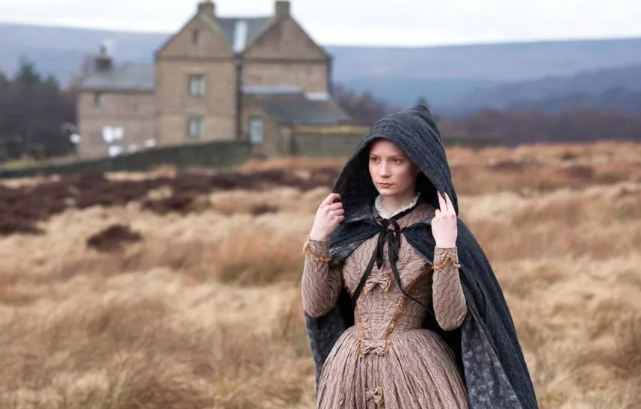The Role of Landscape in Jane Eyre
The novel “Jane Eyre” by Charlotte Brontë is not just a story of love and self-discovery; it also vividly illustrates how landscapes reflect and influence the characters’ emotions and journeys. Understanding the role of landscape in this classic work enhances our appreciation of Brontë’s artistry and deepens our insight into the protagonist’s struggles and triumphs.
Symbolism of Gates and Boundaries
Throughout “Jane Eyre,” gates and boundaries serve as significant symbols that mark transitions in Jane’s life. For instance, the gates of Gateshead represent Jane’s early childhood confinement and oppression. As she moves to Thornfield, the imposing entrance signifies both her newfound freedom and the restrictions imposed by societal expectations. The landscapes of the novel often mirror Jane’s inner journey, acting as metaphors for her quest for identity and independence.
The Contrast Between Nature and Architecture
Brontë contrasts the harshness of architecture with the beauty of the natural landscape. Thornfield Hall, with its gothic architecture, embodies mystery and entrapment, while the surrounding moors symbolize freedom and self-discovery. The rugged, wild terrain serves as a backdrop for Jane’s emotional growth and helps her assert her individuality. This relationship between nature and man-made structures amplifies the tension between societal norms and personal desires.
The Influence of Weather and Seasons
Weather and seasons in “Jane Eyre” are telling elements that enhance the emotional landscape of the narrative. Storms often herald significant changes or emotional turmoil, while sunshine represents hope and clarity. For instance, the tumultuous storm during Jane’s departure from Thornfield mirrors her inner conflict and despair. Seasonal shifts, particularly the arrival of spring, symbolize renewal and opportunity, indicating Jane’s evolution and her eventual triumph over adversity.
In conclusion, the landscapes in “Jane Eyre” are much more than mere settings; they are intricate layers that enrich the story. Exploring these elements can provide a deeper appreciation of Brontë’s work and the complex emotions experienced by the characters. To delve further into this topic, consider rereading the novel with a focus on how landscape shapes the narrative and the protagonists’ experiences.
